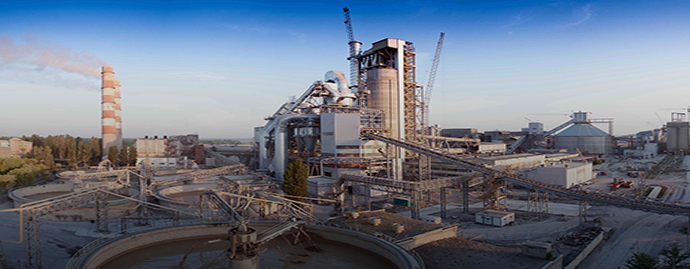| Start Date | End Date | Country | City |
|---|

 +966 920007771
+966 920007771

Objectives
- Familiarize the Attendees with different types of views
- Understand and be able to read any drawing.
- Be aware of the different types of codes and standards.
- Be familiar with the definition and uses of the engineering drawings.
- Be able to recognize and familiar with assembly drawings
- Be able to deduce missed view from available ones
- Recognize the sectional views and common symbols, legends and abbreviations used on engineering drawings.
Outlines
First day
- Engineering design from concept to reality.
- The definition and uses of engineering drawings.
- Types of engineering drawings.
Second day
- Standard engineering drawing formats.
- Interpreting the drawing symbols, and tolerances on engineering drawings.
- How revisions are specified on engineering drawings.
Third day
- Identifying and interpreting line conventions used in engineering drawings.
- Interpreting the various views shown on engineering drawings.
- Common terms, symbols and abbreviations used on engineering drawings.
- Standards used on engineering drawings.
Fourth day
- Types of engineering drawings used in Oil and Gas industry:
- Layout drawings.
- Assembly drawing.
- Practice for dimensions, expressing tolerances.
- Common symbols, legends and abbreviations used on engineering drawings.
- Welding symbols
Fifth day
- Various design and engineering codes internationally accepted:
- Codes for pressure vessels.
- Codes for piping installations.
- Codes for tanks.
Who Should Attend
Process, Maintenance and all engineers & technicians are involved with the engineering drawing principles, views, codes, projections and standards. Entry level engineers, technicians all the way to senior level will benefit because of the course structure.
Duration
5 Days










